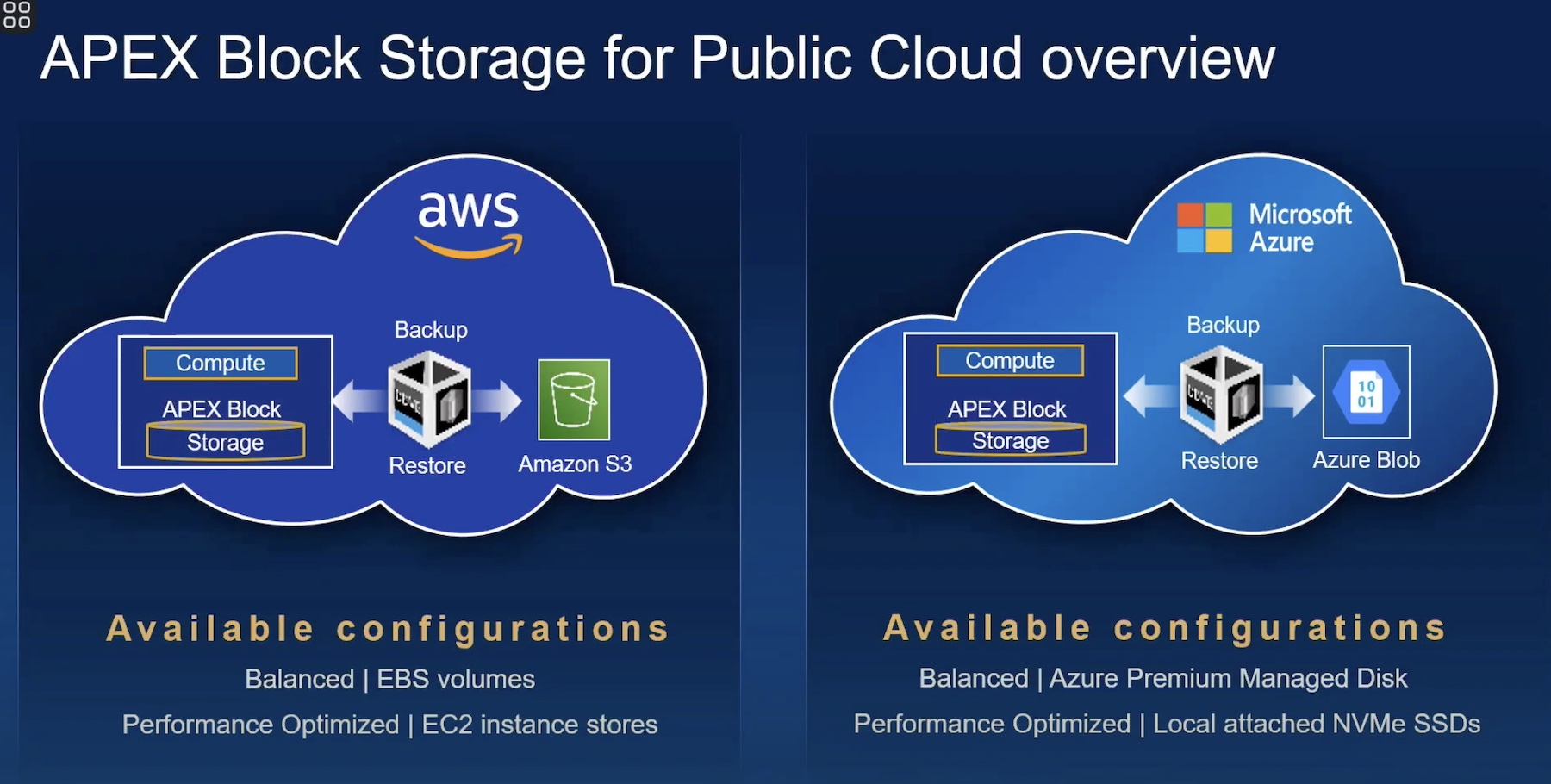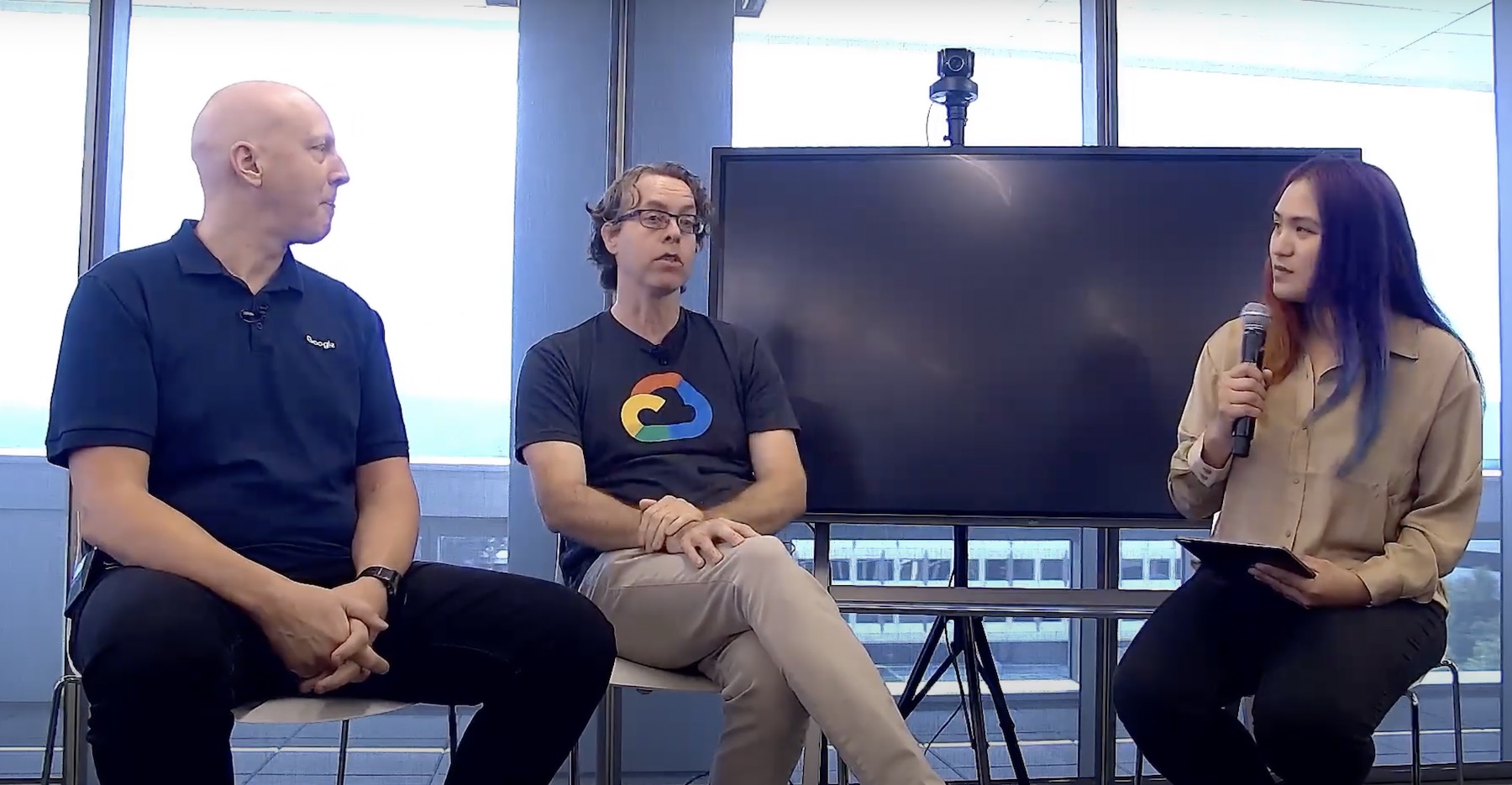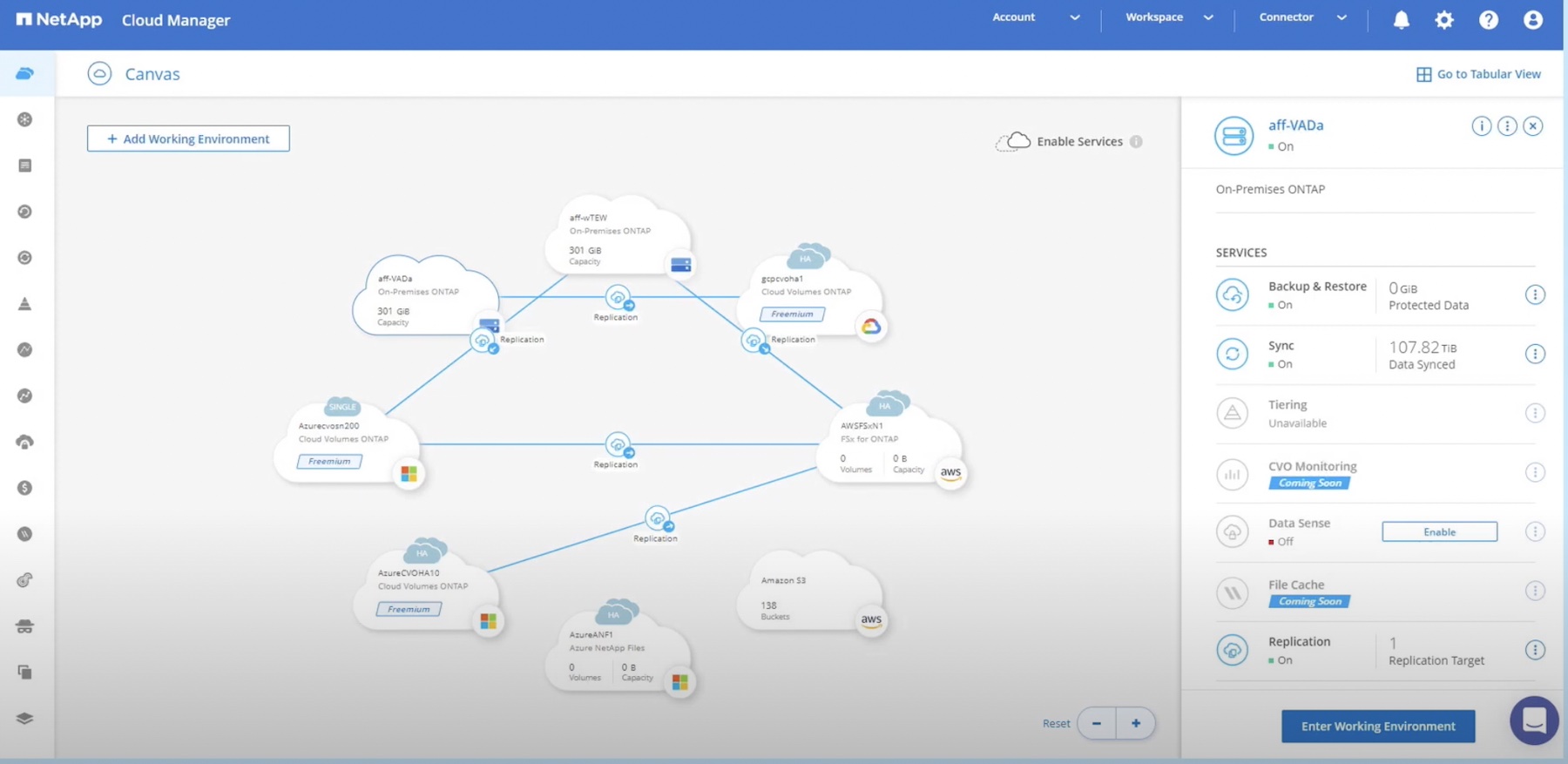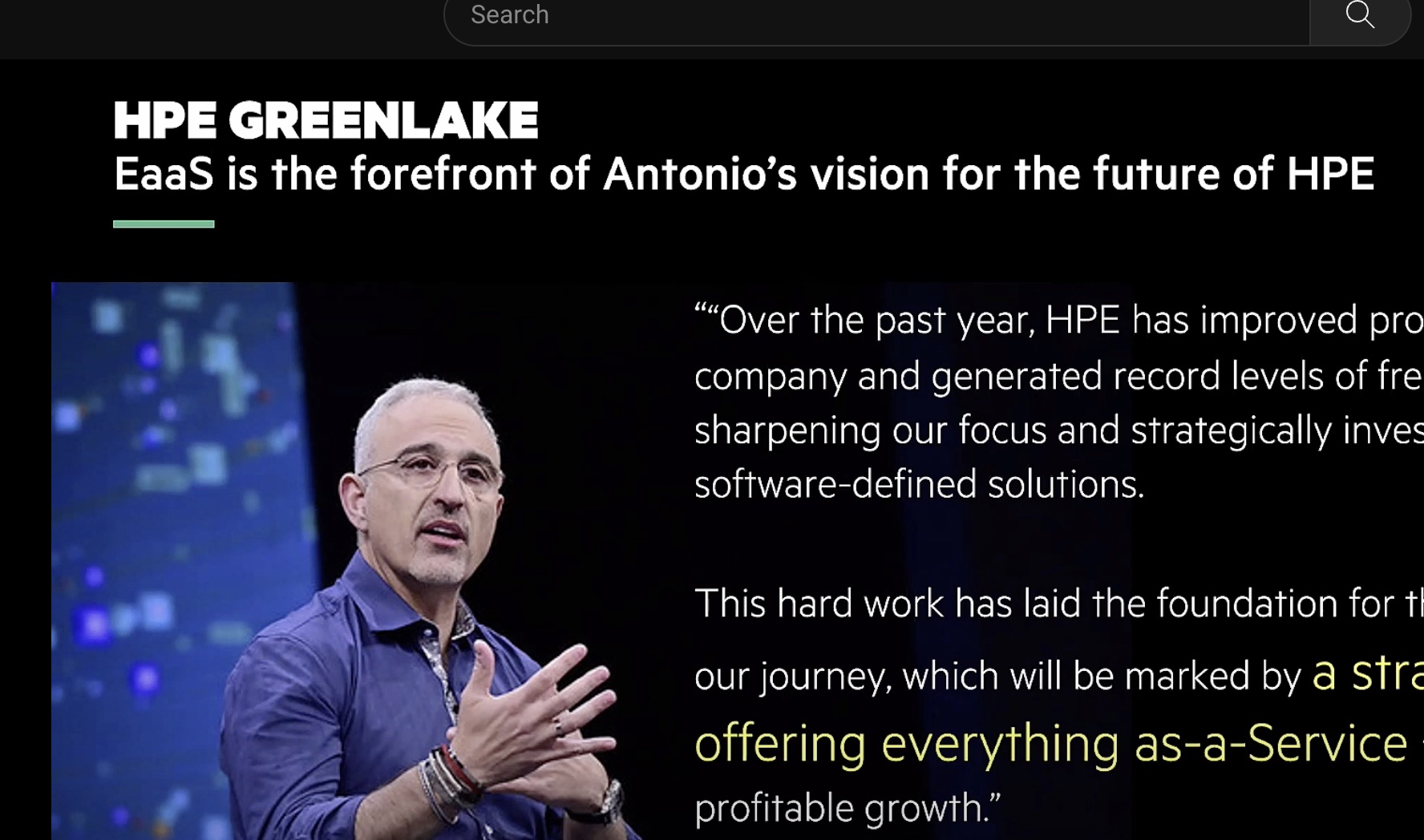The modern cloud in enterprise isn’t simple. Depending on the size of the company, it’s a good bet that multiple cloud options are in use with more on the way. Private, public, and hybrid clouds are more the norm than the exception.
The days when a single cloud vendor could be leveraged for all of an organization’s needs ended when cloud stopped being focused on Infrastructure as a Service (IaaS) workloads. IaaS capabilities are table stakes: every cloud vendor can do a more than decent job of offering cloud-hosted virtual machines. There’s value in an enterprise gaining access to the latest technologies faster than their competitors.
One advantage of cloud today is tying into the myriad of modern cloud services. Data lakes combined with artificial intelligence and machine learning algorithms allow companies to gain additional insights based on the “new oil” data. Making these connections can be difficult without the proper architecture. Monolithic applications based on older technologies may not be easy to refactor. In those cases, rehosting applications closer to the cloud services makes more sense. Re-hosting in cloud is possible with Dell solutions. Dell has multiple ways to get monolithic VMware hosted applications to the cloud while also extending a cloud capabilities and payment models on-premises.
Here’s a short list of the different options:
| Public Cloud:
|
VMware on AWS
Azure VMware Solution by CloudSimple Google Cloud VMware Solution by Cloud Simple |
| Private Cloud: | VxRail |
VxRail enables a cloud experience at the core and the edge. The others then create a hybrid cloud by extending into the public cloud. Whether the desire is to have a private, hybrid, or public cloud, there are choices. The management of the workloads can stay the same regardless of the location.
These offerings allow an organization to leverage its existing investments in VMware while also tying into the public cloud of their choice. Staff who have mastered VMware administration can get a leg up on the cloud because those same skillsets still apply. But that’s not all. Cloud is about elasticity. Each of these products provides rapid provisioning of additional capacity. Moreover, management of the hardware, firmware, VMware OS versioning, etc. are offloaded. The only thing the customer needs to do is manage the individual application workloads. IT can stay focused on its business applications and outcomes driving value to the organization.




